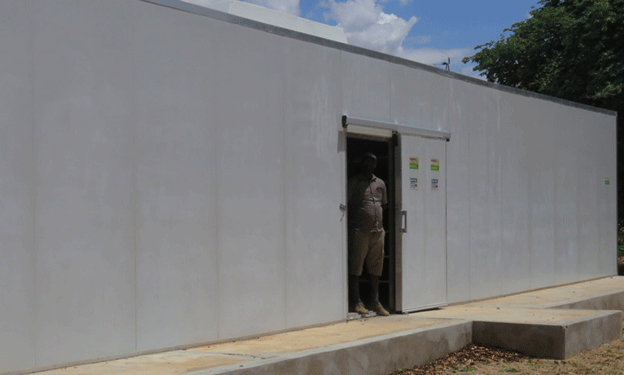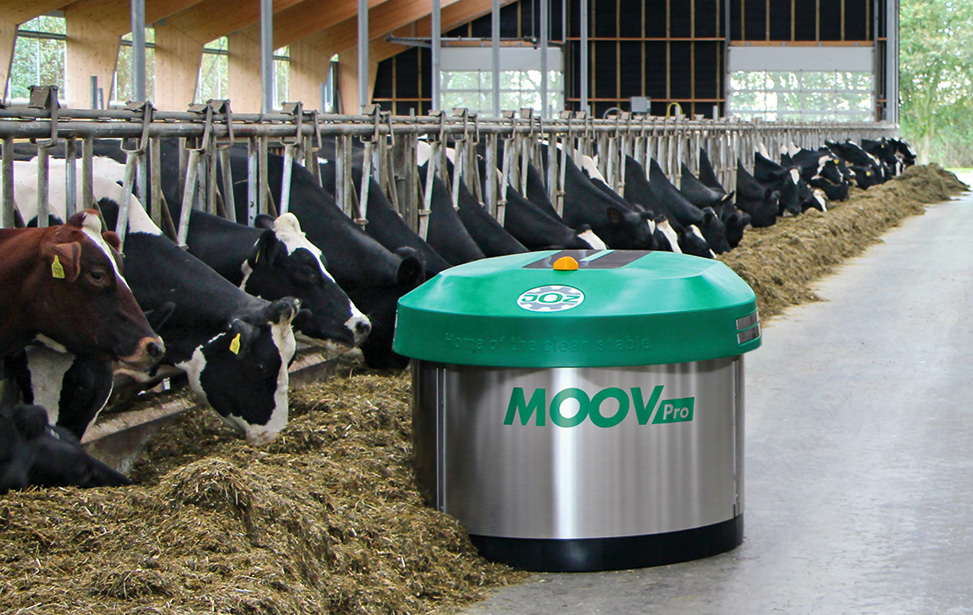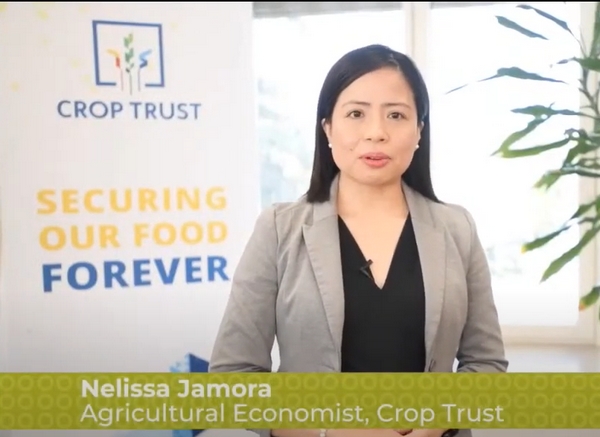The Etunda Irrigation Green Scheme’s hydroponic fodder production plant, located in Namibia’s Omusati region, is an innovative solution to mitigate the effects of drought on livestock farming. Established at a cost of N$1.6 million in 2024, the plant aimed to provide affordable, nutritious animal feed to local farmers. Despite its potential, the plant is struggling with low demand, leaving the project at a standstill.
Background: A Response to Drought
Namibia has faced recurring droughts in recent years, significantly affecting livestock farmers. The hydroponic fodder production plant was developed to produce fresh barley fodder—an efficient, nutrient-rich feed that requires less water and land compared to traditional methods.
Hydroponic systems have proven successful in similar contexts globally. According to research, hydroponically grown barley can yield up to eight times more biomass per unit of water compared to conventional fodder crops. The plant at Etunda has the capacity to produce 6–7 tonnes of fodder per year and holds a stock of 90 tonnes of barley seeds, making it a robust solution in theory.
Challenges at Etunda
Despite its advantages, the project faces significant hurdles:
- Low Awareness and Adoption: Many local farmers remain unfamiliar with hydroponic fodder and its benefits. Manager Sacky Shilyomunhu emphasizes the need for education on the importance of supplementing livestock diets with high-quality feed.
- Cultural Barriers: Farmers in the region have shown reluctance to purchase fodder, with some expecting it to be provided for free.
- Cost of Production: While a 15kg bundle of barley fodder is priced at an affordable N$20, the cost of maintaining operations without consistent demand has forced the plant to halt production.
Opportunities for Growth
The Etunda plant has significant potential to support Namibia’s agricultural sector if these challenges are addressed. Here are some strategies to boost demand and ensure sustainability:
- Farmer Education Programs: Conduct workshops and outreach campaigns to demonstrate the benefits of hydroponic fodder, including its nutritional value, cost-effectiveness, and resilience against drought.
- Subsidies and Incentives: Government-backed subsidies or incentives could encourage farmers to adopt hydroponic feed.
- Collaboration with Cooperatives: Partnering with agricultural cooperatives and farmer groups could streamline distribution and build trust within the farming community.
- Pilot Programs: Offering small-scale trials or free samples could help farmers experience the benefits firsthand, potentially leading to increased adoption.
The Role of Policy
The Etunda plant was initially managed by the Agricultural Business Development Agency (Agribusdev), which was dissolved due to management inefficiencies. Its integration into the Ministry of Agriculture, Water and Land Reform provides an opportunity for stronger oversight and alignment with national drought mitigation policies.
Global Context
Hydroponic fodder systems have been successfully implemented in other arid regions, such as the Middle East and parts of Australia. For example, farmers in Qatar have reported a 30–50% increase in livestock productivity after switching to hydroponic fodder. Lessons from these regions could be applied to Namibia’s context to improve operations and farmer engagement.
The Etunda hydroponic fodder production plant represents a vital step toward building resilience against drought in Namibia’s agricultural sector. However, its success hinges on addressing the barriers to adoption through education, policy support, and innovative outreach strategies. By fostering collaboration between stakeholders, the plant can fulfill its mission of supporting livestock farmers and ensuring food security in the face of climate challenges.










